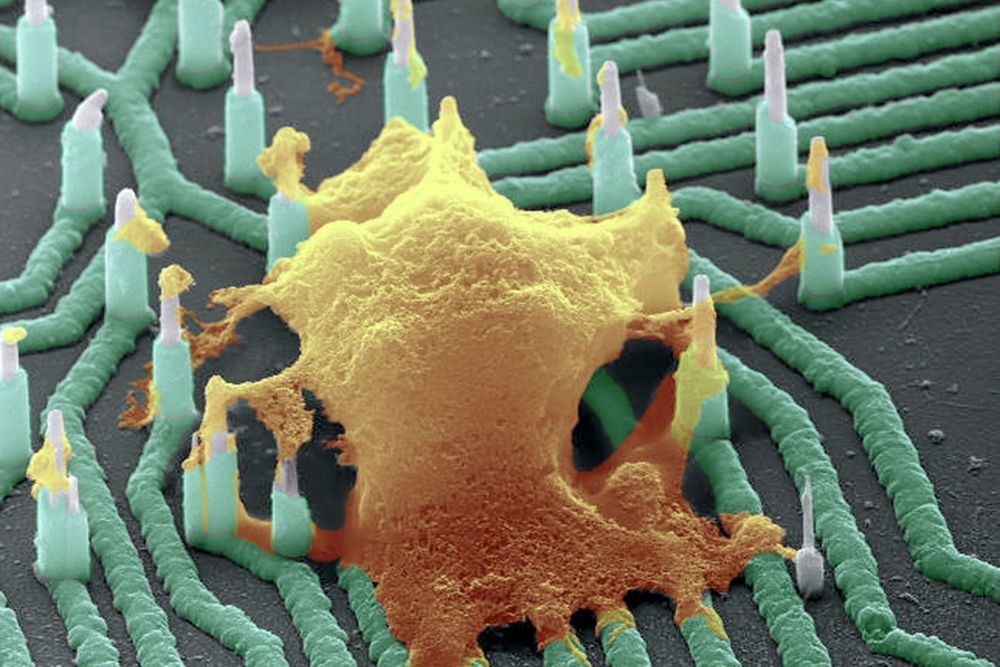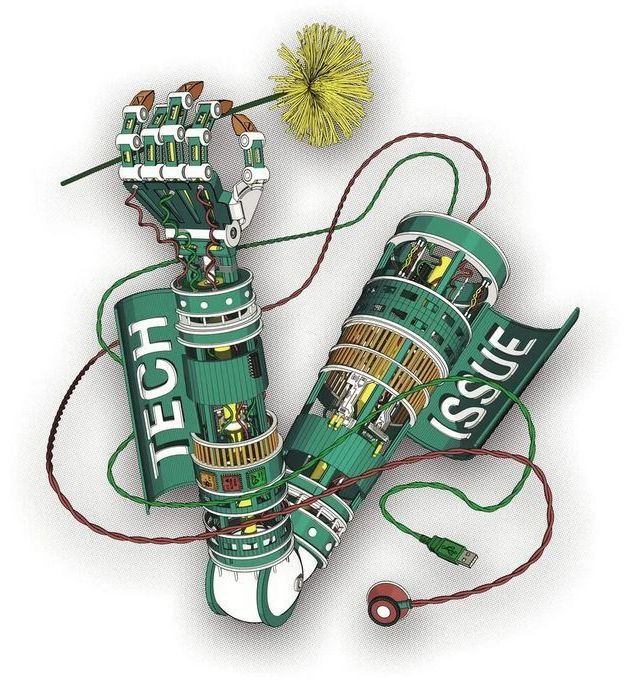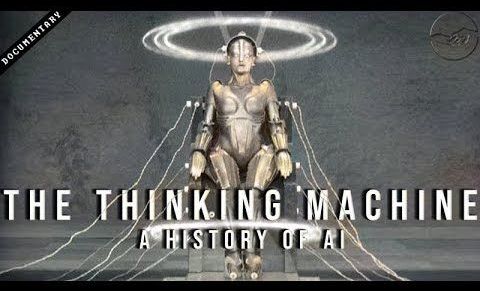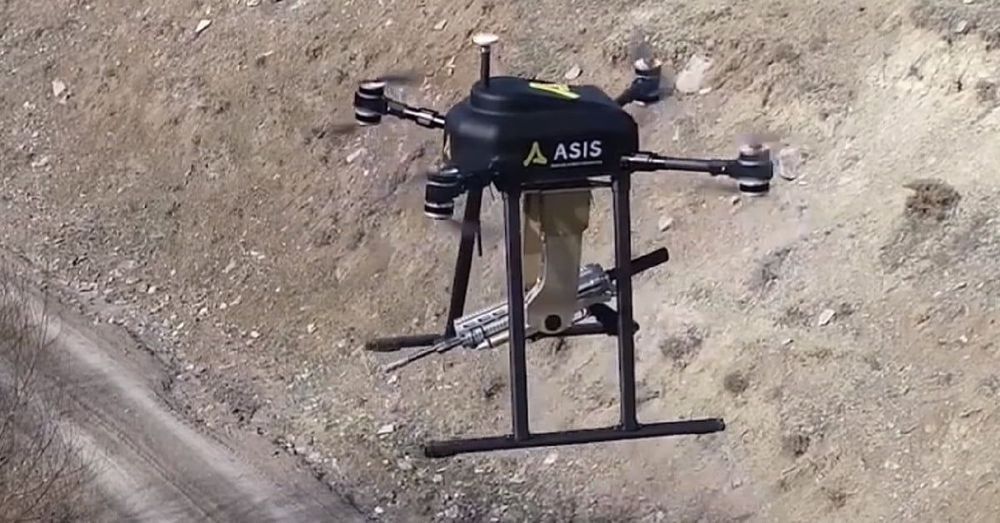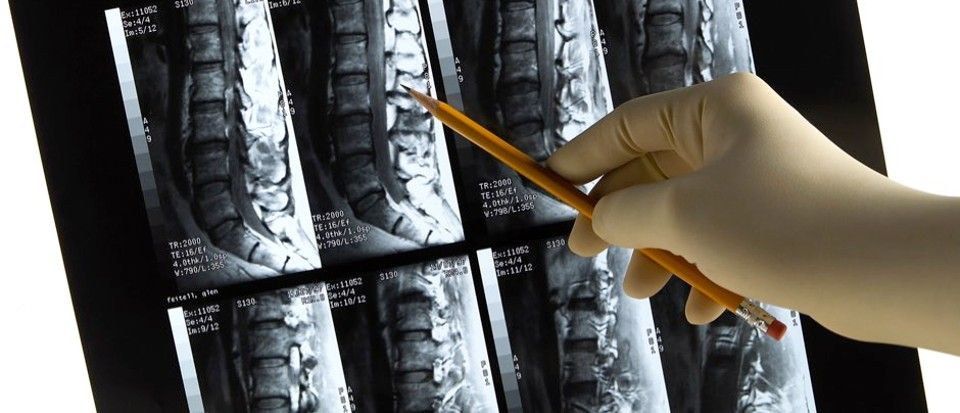Dec 14, 2019
Alzheimer’s memory discovery reveals function of brain area affected at onset
Posted by Paul Battista in categories: biotech/medical, neuroscience
Scientists at the Universities of St Andrews and Edinburgh have discovered the functions of the area of the brain in which Alzheimer’s begins, offering hope for the development of future treatments.
Alzheimer’s disease is the commonest form of dementia with more than 520,000 people in the UK suffering from the disorder.
The first symptoms of this progressive disorder (which results from degeneration of memory networks in the brain) are problems remembering the things that have happened to us. This type of memory is called episodic memory.

